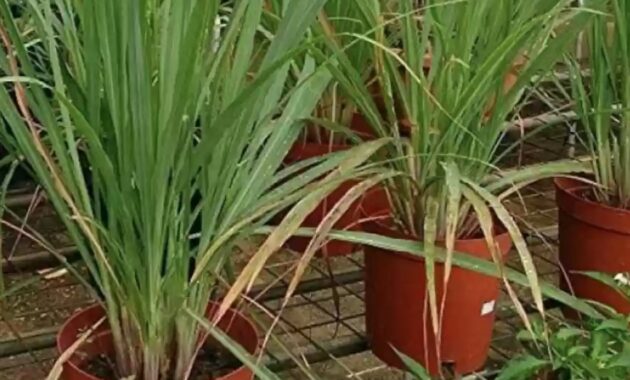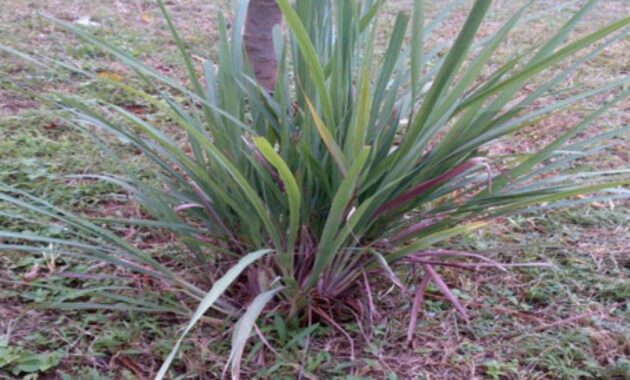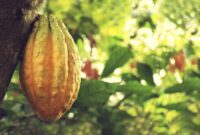
Cymbopogon schoenanthus, commonly known as camel grass or lemon grass, is a hardy and aromatic plant with a wide range of uses. Often overlooked, this plant plays a significant role in various cultures, not just for its distinct scent but also for its medicinal and culinary benefits.
I’ve come across this plant while exploring different types of grasses used in traditional herbal remedies. It caught my attention because of its drought tolerance and versatility in both culinary and medicinal applications. Whether you’re into aromatherapy, herbal teas, or sustainable gardening, Cymbopogon schoenanthus has a lot to offer.
What is Cymbopogon schoenanthus?
Cymbopogon schoenanthus is part of the Poaceae family, which includes other grasses like wheat, corn, and sugarcane. Known for its aromatic leaves and stems, this plant is found primarily in arid regions such as North Africa, the Middle East, and parts of Asia. It’s similar to the more well-known lemongrass but has unique properties that set it apart.
| Feature | Description |
|---|---|
| Scientific Name | Cymbopogon schoenanthus |
| Common Names | Camel grass, lemon grass |
| Family | Poaceae (Grass family) |
| Native Region | North Africa, the Middle East, and parts of Asia |
| Plant Type | Perennial grass |
| Height | 50 cm to 150 cm (1.5 to 5 feet) |
| Uses | Culinary, medicinal, aromatic, ornamental |
The Unique Characteristics of Cymbopogon schoenanthus
While Cymbopogon schoenanthus is related to other types of lemongrass, it has its own set of characteristics that make it stand out:
1. Aromatic Properties
One of the most notable features of this plant is its intense aroma, which is similar to lemongrass, but with a slightly sweeter and more earthy scent. The leaves and stems are packed with essential oils that are commonly used in aromatherapy and cosmetics.
2. Drought Tolerant
Unlike many grasses, Cymbopogon schoenanthus thrives in dry, arid environments. It’s highly resistant to drought, making it a perfect plant for those looking to create a water-wise garden.
3. Versatility in Use
From herbal teas to essential oils, this plant is used in a variety of ways. Its culinary applications include flavoring soups, teas, and sauces, while its medicinal properties make it a staple in traditional remedies for treating everything from stomach issues to fever.
Benefits of Growing Cymbopogon schoenanthus
Here’s why you should consider adding Cymbopogon schoenanthus to your garden or herbal collection:
1. Natural Mosquito Repellent
Similar to other species in the Cymbopogon genus, camel grass is known to repel mosquitoes due to its high concentration of citronellal and citral. Planting it around your patio or garden can help keep those pesky insects at bay.
2. Medicinal Uses
In traditional medicine, Cymbopogon schoenanthus is used to treat a variety of ailments, such as:
- Digestive issues: Its anti-inflammatory properties help soothe the stomach.
- Respiratory problems: Inhaling the steam from boiling its leaves is said to relieve congestion.
- Fever reduction: Some cultures use it as a remedy to lower body temperature during fevers.
3. Culinary Delights
You can use the leaves to flavor teas, soups, and even stews. The flavor is reminiscent of lemongrass but slightly milder and more subtle, adding a fragrant touch to many dishes.

How to Grow and Care for Cymbopogon schoenanthus
Cymbopogon schoenanthus is relatively easy to grow, especially if you live in a dry, hot climate. Here’s what you need to know to ensure your plant thrives:
1. Planting
This grass prefers well-drained soil and a sunny location. You can plant it from seeds or get a small plant from a nursery. I’d recommend planting it in the spring, after the last frost, to give it the best chance to establish itself.
2. Watering
While it’s drought-tolerant, it’s important to water it regularly during its first few weeks of growth. After that, you can ease up, especially if you live in a region with low rainfall.
3. Pruning and Harvesting
Cymbopogon schoenanthus can grow tall, so you may want to prune it to keep it in check. Harvest the leaves when they’re about a foot tall for use in teas or cooking.
4. Pest Control
This plant is naturally resistant to most pests, but you may want to keep an eye out for aphids or mites. Luckily, the plant’s aromatic oils act as a natural deterrent for many common garden pests.
Surprising Uses of Cymbopogon schoenanthus
This plant is not just useful for repelling insects or flavoring food. Over the years, I’ve discovered a few other interesting uses for it:
1. Essential Oils
The essential oil extracted from Cymbopogon schoenanthus is used in perfumes, cosmetics, and aromatherapy. It’s said to have relaxing and mood-enhancing properties.
2. Decorative Landscaping
Thanks to its tall, graceful appearance, Cymbopogon schoenanthus works well in ornamental gardens. Plant it along borders or in rock gardens for a textural contrast to other plants.
Conclusion: Why You Should Consider Growing Cymbopogon schoenanthus
If you’re looking for a plant that’s not only beautiful but also practical and low-maintenance, Cymbopogon schoenanthus is an excellent choice. From its natural pest-repellent properties to its versatility in the kitchen and medicine cabinet, this hardy grass has a lot to offer.
I’m always amazed by how many ways I can use it, whether it’s making a soothing herbal tea or simply enjoying its scent in my garden on a warm summer day.



